Advertisement
Rwandan Hutu Fighters In Congo Surrendering In Large Numbers: U.N.
UNITED NATIONS (Reuters) - Members of a Rwandan Hutu militia in the eastern part of the Democratic Republic of Congo have been surrendering in large numbers to United Nations peacekeepers trying to neutralize armed groups in the region, a senior U.N. official said on Wednesday.
Congolese troops and the U.N. peacekeeping mission - which includes a unique Intervention Brigade mandated to eliminate armed groups in eastern Congo - have turned their attention to combating the Democratic Forces for the Liberation of Rwanda (FDLR) after defeating the Tutsi-led M23 rebel group last month.
Martin Kobler, head of the U.N. mission, said operations against the FDLR began on November 27. He said the group had up to 1,800 fighters, but only 30 percent were Hutus who fled Rwanda after the 1994 genocide of 800,000 Tutsi and moderate Hutus.
"Most of them are young people, 70 percent of them are young people below the age of 30. They were not involved in the 1994 genocide so it is easier for them also to surrender to us," Kobler told reporters after briefing the U.N. Security Council on the situation in Congo behind closed doors.
"We have quite a number of surrenderees, a whole platoon every month is surrendering without fighting," he said.
Millions of people have died from violence, disease and hunger in eastern Congo since the 1990s while dozens of rebel groups have fought for control of its rich deposits of gold, diamonds, copper, cobalt and uranium.
French U.N. Ambassador Gerard Araud, the president of the Security Council for December, said Kobler told the 15-member Security Council that tackling the FDLR involved a different approach to that used against the M23 rebels.
"There is a major obstacle in that the FDLR are living with their families," Araud told reporters.
"The M23 was waging a traditional war with a front with armed forces quite easily identifiable while the FDLR are small groups, very, very often living in small villages with their families, which means among civilians," he said.
Kobler also spoke about the unarmed surveillance drones that the United Nations started to use earlier this month to monitor the volatile border between Congo and its neighbors Rwanda and Uganda.
"This is a deterrent I think to all armed groups," Kobler told reporters. "If you see the imagery, you can seen from 2,000 meters (6,561 feet) children playing football in a backyard and you can identify the faces."
(Reporting by Michelle Nichols; Editing by David Brunnstrom)

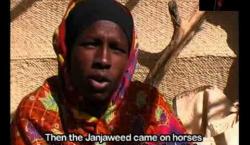
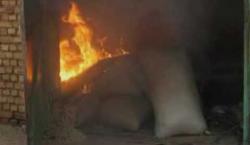
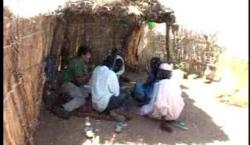

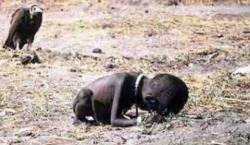
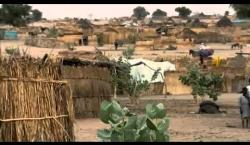
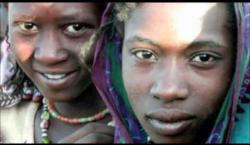

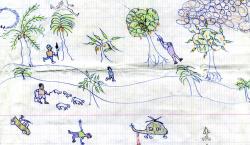
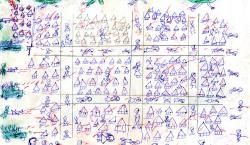




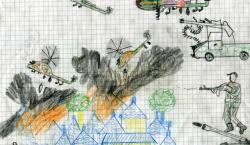
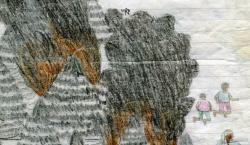
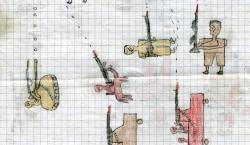
Add new comment